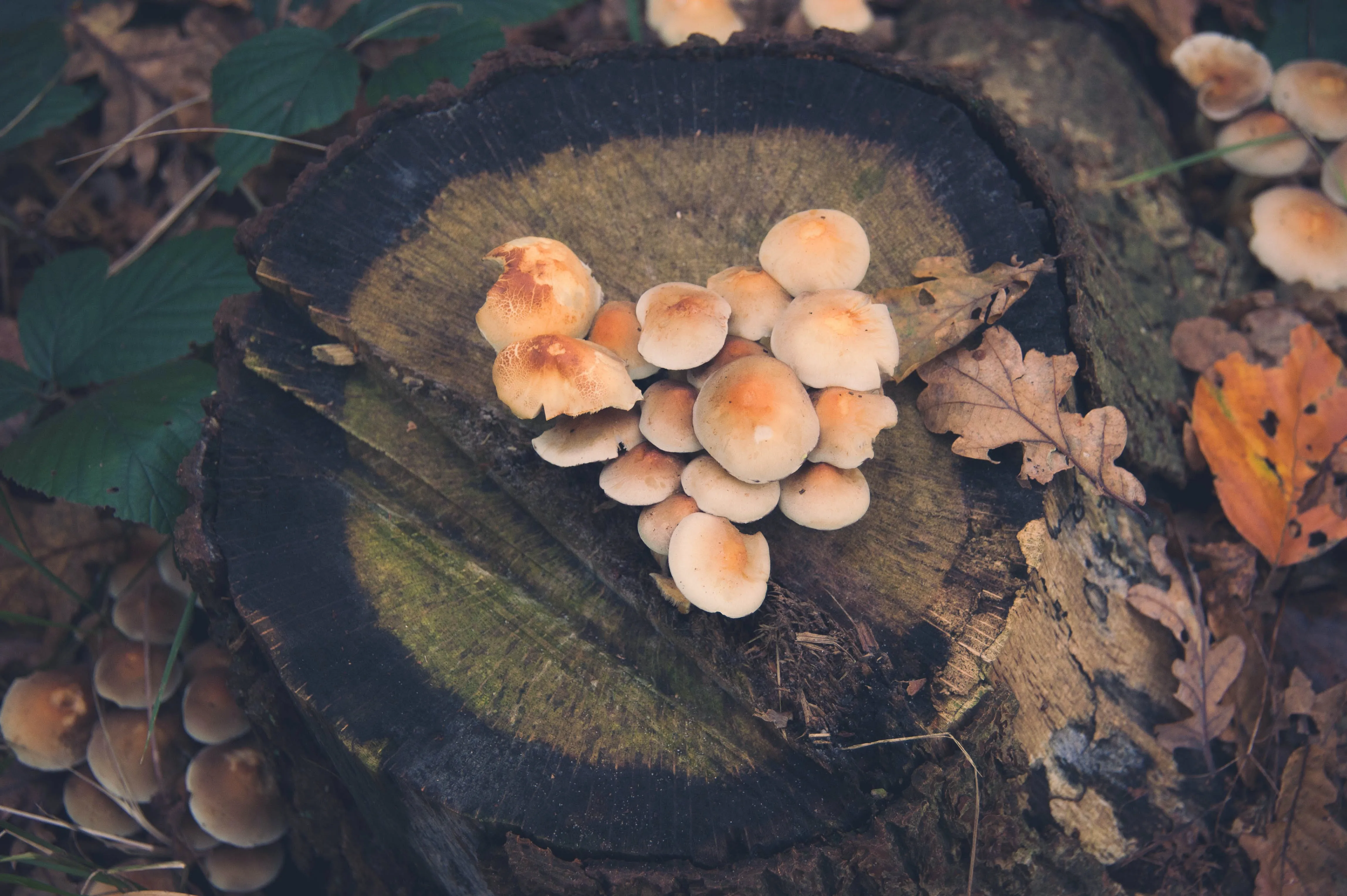In Australia, a Tragic Incident Involving Death Cap Mushrooms
Three individuals lost their lives in Australia, and another fell ill after unintentionally consuming what appears to be death cap mushrooms during a family meal. The meal, prepared by Erin Patterson, was served to her former parents-in-law and her mother-in-law's sister and husband at her residence, as reported by CNN. Gail Patterson, 70, and her sister Heather Wilkinson, 66, succumbed to the effects within days, while Gail's husband, Don, passed away a day later. Wilkinson's husband, Ian, a 68-year-old minister, is currently in critical condition in a hospital.

Despite being the preparer of the meal, Erin Patterson did not experience any sickness. She expressed her devastation, stating, "I loved them. And I can't believe that this has happened, and I'm so sorry," as reported by CNN. Although Patterson has not publicly disclosed the meal's details, experts suggest that the symptoms align with those of death cap mushroom poisoning.
What are Death Cap Mushrooms?
According to Britannica, death cap mushrooms are highly toxic fungi, deemed the deadliest. Jamie Alan, an associate professor of pharmacology and toxicology at Michigan State University, emphasizes their lethal nature. Other potentially deadly fungi, such as Conocybe filaris, webcap, and destroying angel mushrooms, also exist.
Anne Pringle, a mycologist and death cap mushroom expert at the University of Wisconsin—Madison, explains that these mushrooms, the reproductive structure of an underground fungus, produce various toxins. Notably, these toxins resist destruction through cooking, freezing, drying, or boiling. While native to Europe, death cap mushrooms have been introduced to other parts of the world, including California.
Your Body on Death Cap Mushrooms
Consuming even a small portion of death cap mushrooms can be fatal, warns Pringle. The toxins target the liver and kidneys, disrupting normal cellular processes. The stomach absorbs the toxins, circulating them in the kidneys and liver, leading to liver failure.
Initial symptoms include general gastrointestinal distress, often causing confusion as the symptoms are delayed. Bruce Ruck from the New Jersey poison center highlights that vomiting, diarrhea, or abdominal pain may not manifest until six hours after ingestion, causing simultaneous liver damage. Following these initial symptoms, there's a "grace period" where individuals may feel better briefly before relapsing and seeking hospitalization.

The Takeaway
Tragically, death cap mushroom poisonings are not uncommon. Many cases involve people unknowingly ingesting these mushrooms, often through foraging instead of purchasing from a store or farmers' market. Pringle emphasizes the difficulty for non-mushroom experts in identifying mushrooms, cautioning against foraging alone.
Dr. Russ Kino, an emergency medicine physician, echoes the danger, advising against consuming any mushrooms not purchased from a shop due to their deadly nature. If someone suspects ingestion of death cap mushrooms, Pringle stresses the urgency of seeking immediate medical attention, bringing specimens or leftovers to the hospital.
Jamie Alan adds a critical note that an FDA-approved antidote, indocyanine green (ICG), exists. However, timing is crucial, as progressing symptoms may lead to organ failure, necessitating a transplant or resulting in death.

No comments:
Post a Comment